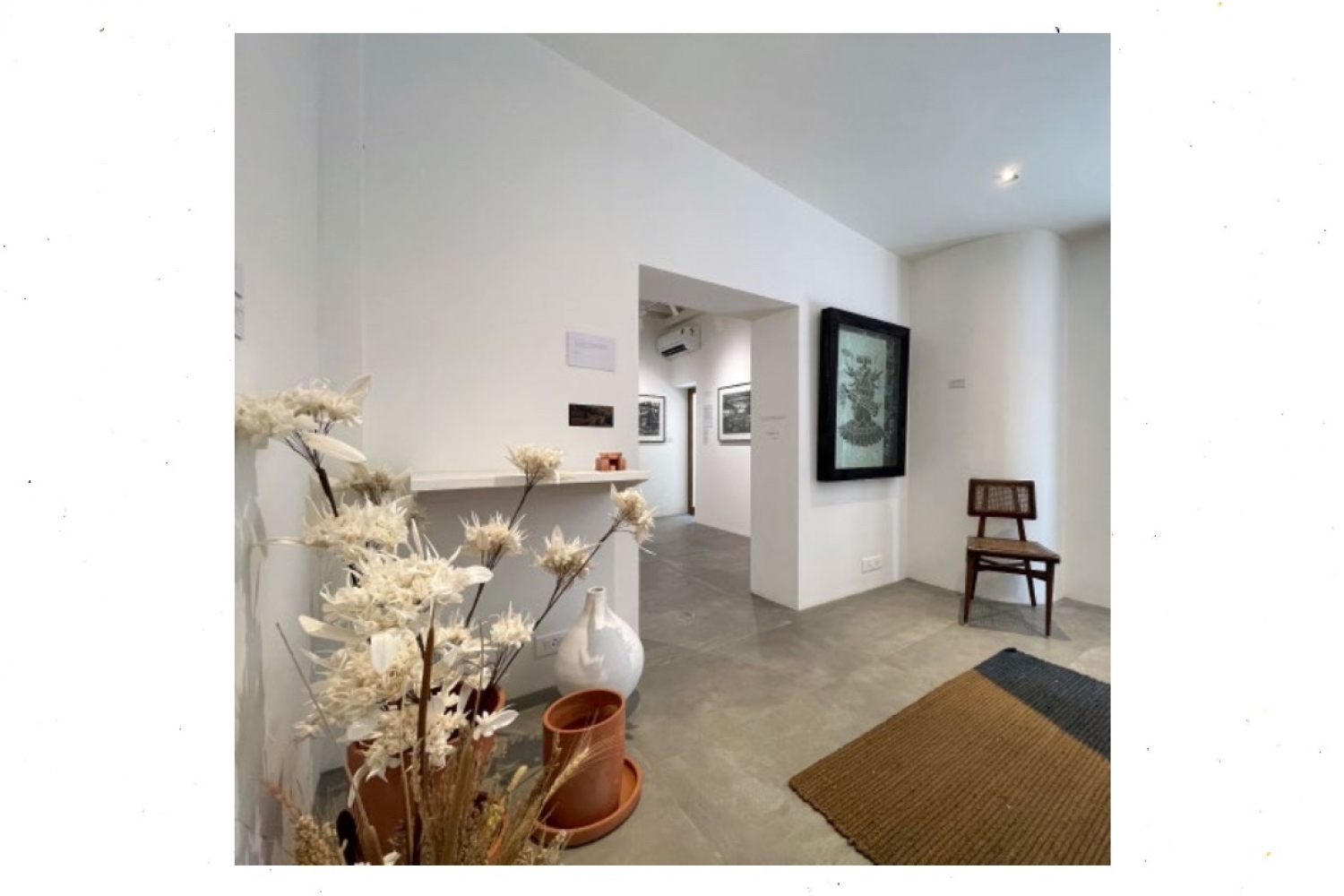

Design is everywhere and the importance of it in our lives keeps getting stronger. Unlike other countries, India is still a little far behind when it comes to accurately spreading design knowledge, therefore a design gallery’s emergence amidst the many art galleries in our country is a very exciting proposition. 47- A, a collaborative venture by Tara Lal and Mortimer Chatterjee of Chatterjee & Lal, who have been exploring the intersection between design and art, and Srila Chatterjee of Baro Market, who has been consistently giving a platform to designers from all disciplines, will promote design by giving new talent space, as well as celebrate landmark designs.
Lets start from the inception – what was the inspiration behind 47-A? How did the three of you come together to create this much needed design gallery?
Srila Chatterjee: James Ferreira has been a friend forever, and the last many years have involved me in many of his efforts to rejuvenate Khotachi Wadi. When the family at 47-A were looking for a tenant, he insisted I take a look and try and do something there. On my first visit, I thought it would make a great gallery and on further reflection, knew that it would be a bonus to partner with someone else who shared the belief. I called Mort right away, and in that con- versation we knew it was something we needed to do!
I have always admired the deep research that goes in to everything Chatterjee & Lal does, and specially loved the bringing together of history, design and art. I thought it would be a perfect fit — Chatterjee & Lal had the gravitas and Baro Market had the democratization!
Tara Lal + Mortimer Chatterjee: Srila has been an ardent and long-time advocate for Khotachi Wadi and we have always enjoyed visiting the area. It makes sense to locate ourselves in Mumbai’s historic Girgaum, given its rich cultural history, especially in relation to urban planning, architecture, music and art. Through Baro Market, Srila is committed to engaging a wide and diverse audience, and this resonates with our understanding of the purpose of design — which is to serve.
Tara and Mort, you have been exploring the intersection between art and design at Chatterjee & Lal, so what drove you to extend that to a new space?
TL + MC: When Srila suggested looking at the space in Khotachi Wadi as a venue for design, we jumped at the opportunity. We think that at this nascent point in theprofessionalisation of exhibiting design, it is interesting to create contexts that are quite independent of the bag- gage that traditional art galleries bring with them.
What will be the curatorial process like and what kind of programming are you designing?
SC: I believe this is going to be a journey that will keep evolving as we go along but certainly the intent is to work with new talent, commission special work, expose people to landmark design and always to honour the environment we will be in. We will also work with a combination of invited curators and curating some work ourselves. The core strengths of both Chatterjee & Lal and Baro Market will be clearly on display.
What do you think is the role of a gallerist within the design market?
SC: Fundamentally, it is to shine a light on the importance and place of design so that it stops being taken for granted and starts being celebrated and understood.
TL + MC: We are interested in creating engaging and well-curated programming that provokes conversation and interest in design beyond pure retail. Till now, design has really only been viewed within a store or shop context. As far as contemporary design is concerned, we are interested in nurturing careers and creating opportunities. In tandem, we want to explore design histories through the legacies of both individuals and institutions.
Design is so important in every sphere of life, why do you feel it has taken so long for it to stand on its own and own its own space?
SC: I believe the art world itself is still finding its feet in the wider world in India and only recently breaking out of a very small niche it used to stay in. Design is even more “niche” and so it’s a journey that is even more nascent.
TL + MC: Up till now, perhaps there has not been a shared understanding and acknowledgment of the design histo- ries of the country amongst the design community itself. Without this in place, it is very hard for any group to produce consensus and an effective strategy moving forward.
Lastly, for a while now, boundaries have been blurring between the arts. Would you say art, design, literature, architecture, and fashion are converging towards a new aesthetic code?
SC: It may not be one aesthetic code but it certainly is a broadening of the definition of all the arts and an appreciation of the inter-connectedness. It’s a great thing when this becomes something that is treated as essential to a quality of life, and needs to permeate an entire social structure.
TL + MC: There seems to be a coming together of like- minded people into a broad design ecosystem, however, individual design disciplines will most probably retain their own distinct lineages through which contemporary makers draw inspiration and meaning.
This article is an all exclusive from our May EZ. To read more such articles, follow the link here.
Text Shruti Kapur Malhotra
Date 23-05-2022